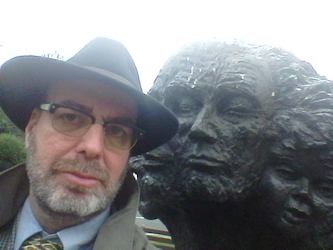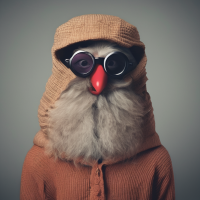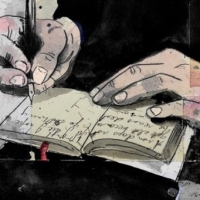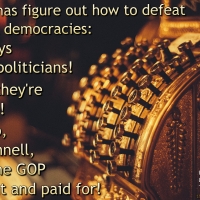We all love us some end of the year lists of bests and mosts and other random stuff that no one no where really cares about. (NB. I’ll be producing my own useless end-of-the-year listy things today, too.) But, this one caught my eye just because it is amusing — perhaps one of the chiefest qualifying qualities for anything since my super power is being easily amused, you see — and it fits with the theme of Ye Olde Blogge, it’s psychological. It’s psychological because the brain is easy to fool. Even when you know you’re being fooled, you’re still fooled.
A few weeks ago Mrs. Calico bought us an early Christmas present, a PS4 thingee and some games. We run it through our projector since we don’t have a TV — how’s that for an inside glimpse into the real life behind Ye Olde Blogge, no TV! Anywho. All of the “standing on the cliff edge” type scenes activate my fear of heights. Mrs. Calico HATES fighting zombie-like monsters. It rattles her more than anything — don’t tell her, though, she’ll kill me if she finds out I put it here on the blog. This is all because the brain is easy to fool. The brain reacts to these games as if they were happening to you! It’s a combination of mirror neurons, seeing depth in 2-D pictures, and wishful thinking — it is almost happening to you since you direct your little avatar thingee.
Anywho, this is the long way round of saying that here’s a collection of fake photos — fauxtography? Get it? Get it? Faux? Pho? Hunh? Pretty goood, eh? — that circulated on social media to fool our brains into believing what we always wanted to believe.
Enjoy, but don’t you dare believe a one of them!
2017: The Year in Fauxtography
A look back at the year’s biggest stories — and the hoax images that followed at their heels.
By Dan Evon 29 December 2017
Whether it was news of industry-rattling sexual assault allegations, bloody mass shootings, or images of a white supremacist rally, 2017’s major headlines were shocking — and fake photographs and elaborate hoaxes were sure to follow.
Sometimes these doctored images were shared simply to take advantage of a trending topic. Other times, however, they were shared with the intent of spreading a political or personal agenda. At the very least, some stories only intended to muddy the conversation enough to cast doubt. The fake photographs on this list generally fall into one of two categories: Either they are digitally manipulated images that show something that never happened, or they are authentic photographs that were circulated out of context.
Here are some of the biggest stories of the year and the fake photographs that accompanied them.
Continue reading on Snopes: 2017: The Year in Fauxtography
Categories: ReBlogged
















Reblogged this on cabbagesandkings524 and commented:
Calico Jack shares a link to a collection that clearly demonstrates we cannot rely of pictures on the internet.
LikeLiked by 1 person
An old adage: Believe none of what you hear and only half of what you see. The photograph as a source of reliable information may have been killed by Photo Shop.
LikeLiked by 1 person
Howdy Bob!
I’m continually amazed and fascinated by how easily our brain is fooled into believing that something is real when it is not. It is every where from the “love” that cat owners feel from their cats (cats don’t love you) to seeing depth in 2D objects to emotionally and physically reacting to physical attacks in video games. We believe fake stuff is real all the time.
Huzzah!
Jack
LikeLiked by 1 person
You might like this:
http://pespmc1.vub.ac.be/CONSTRUC.html
LikeLiked by 1 person